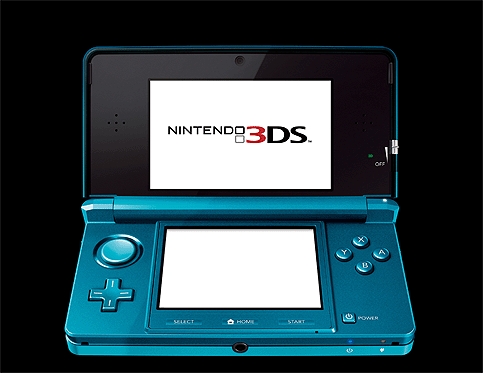I’ve been converted. A few weeks ago I finally had my first taste of 3D cinema in the form of the new Toy Story film and was severely disappointed. But now I’ve seen the future of 3D - handheld and glasses-free - and it looks good.
Nintendo is set to be the first company to launch the technology with its 3DS games console, due out sometime next year, and recently gave The Engineer a sneak preview. Part of me wanted to see images leaping hologram-like out of the screen, but what I got was actually better: an immersive, non-gimmicky experience that provided a genuine improvement in image quality.
When I first arrived at Nintendo’s preview event, I thought I may have stumbled across an even bigger technology story: demonstrating the consoles was an army of heavily made-up and fake-tanned blonde women, who all looked so similar they could have been clones, or possibly androids. But this was an unnecessary distraction, as the 3DS was more than capable of grabbing my attention.
Almost all of the problems that 3D cinema suffers from had disappeared. No inconvenient glasses to put a grey sheen on the images. No eye strain, thanks to a handy slider for controlling the intensity of the 3D display and adjusting it to your individual eyesight.
Pictures were sharper and more lifelike for both games and movies. There’s even a camera for taking 3D photos - perhaps the most futuristic aspect of the device. And best of all it didn’t feel like a gimmick or a distraction, just a massive improvement in the graphics that my brain quickly came to accept as standard.

After the 3DS, normal games consoles seemed boring and lifeless. As I returned to The Engineer’s offices, I found myself wondering why the pictures in the video ad screens in the Underground weren’t in 3D.
Nintendo has so far been very coy about the technology behind the 3DS, but it seems likely that the screen includes some kind of polarising lens that directs light to your eyes, creating a different image for each one to create the projection of depth.
At the moment you can only see the 3D effect if you’re holding the console directly in front of you, although there is some scope for movement. And it’s this problem that will delay glasses-free 3D screens from appearing on our TVs in the near future.
However, Microsoft (and probably others) is already working on a solution that will allow the image projection to follow viewers around the room. Given the rapid acceleration of TV development, it’s not hard to imagine a time when almost every screen we look at is in 3D.
The pictures on our TV and computer screens have gradually been getting sharper for decades, with the relatively recent development of HD marking a big, if somewhat overrated jump. But if the 3DS heralds a period where glasses-free displays become the norm, it really could be the single biggest leap in image quality since the arrival of colour.
Although I’m still not convinced by Toy Story 3 3D.





Red Bull makes hydrogen fuel cell play with AVL
Formula 1 is an anachronistic anomaly where its only cutting edge is in engine development. The rules prohibit any real innovation and there would be...